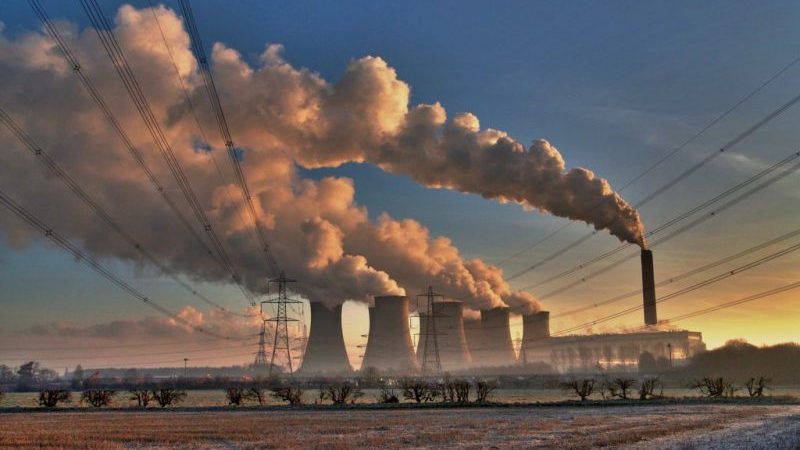EU countries are using the low carbon transition to justify new subsidies to the coal industry, instead of investing in clean alternatives, say analysts.
Six member states have introduced support totaling €875 million a year ($960m) since 2015, according to a report by the Overseas Development Institute (ODI). That is in spite of signing up to the Paris climate deal, which signalled a shift away from fossil fuels.
The bulk of this is schemes to keep old coal plants online, ostensibly needed as back-up generation for times when variable wind and solar power cannot meet demand. Germany and Poland are among countries planning further such “capacity mechanisms”.
This is a “false justification”, report co-author Shelagh Whitley told Climate Home, based on flawed demand predictions and a bias towards fossil energy supplies over measures to flex usage.
“What we need is really investment in the technologies that will support these [clean energy] systems over the longer term. If we are moving to a 100% renewables, we need storage, we need demand side response measures,” she said.
“They [capacity mechanisms] are favouring incumbents, where there is very little evidence that they provide the best solution to the problem.”
Weekly briefing: Sign up for your essential climate news update
For example, the UK system operator paid conventional generators that might have otherwise closed £180 million ($233m) over three years to stay on standby. This reserve was never called on, the Times reported.
That scheme is being replaced by another, which critics say delays coal plant decommissioning and discriminates against clean options for managing the grid.
The UK government does not count this as a fossil fuel subsidy, earning it a “very poor” rating for transparency from the ODI. “It is very well recognised that capacity mechanisms are a subsidy,” said Whitley.
In total, the ODI report identified 65 subsidies worth €6.3 billion a year ($6.9bn) to coal mining and power activities across 10 EU countries. That is likely to be an underestimate, as some data is not available.
While there are signs of mining subsidies – the major part – getting phased out, schemes that throw aging coal plants a lifeline are coming into fashion.
Germany is set to pay for 2.7GW of coal capacity to stay on the system until 2021. Poland is gearing up to spend more than €20 billion ($22bn) on a capacity market, with some coal-fired plants expected to bid for payments.
The European Commission has warned that backdoor subsidies to coal may constitute illegal state aid – although the competition directorate has already cleared some such schemes.
Under its guidance, capacity mechanisms should not be paid to plants that emit more than 550 grams of carbon dioxide per kilowatt hour, ruling out coal unless fitted with carbon capture and storage technology. This would apply to new plants straight away and five years later be extended to existing plants.
However, the proposal is facing stiff opposition, not least from Poland, which wants to subsidise both new and existing coal power plants.
At an event in Brussels this week, Commission energy official Klaus Dieter Borchardt said discrimination against coal was needed if the EU was to meet its climate goals.
“Yes, you need backups for renewable power; you need a safety net,” he said, as reported by specialist newswire Mlex. “But you can’t convince me these should be coal.”
This article was updated to clarify the proposed European Commission rules for capacity payments
